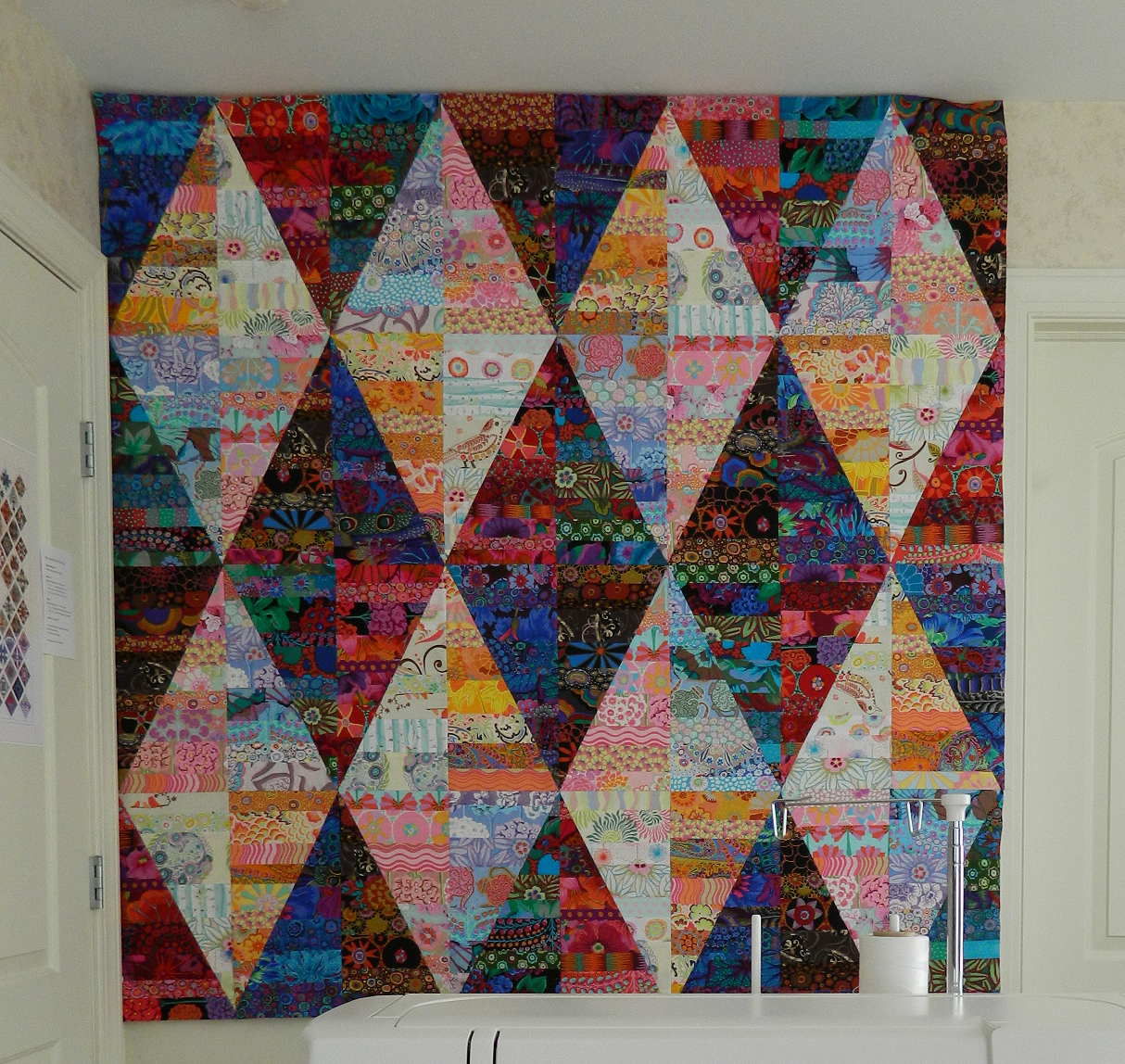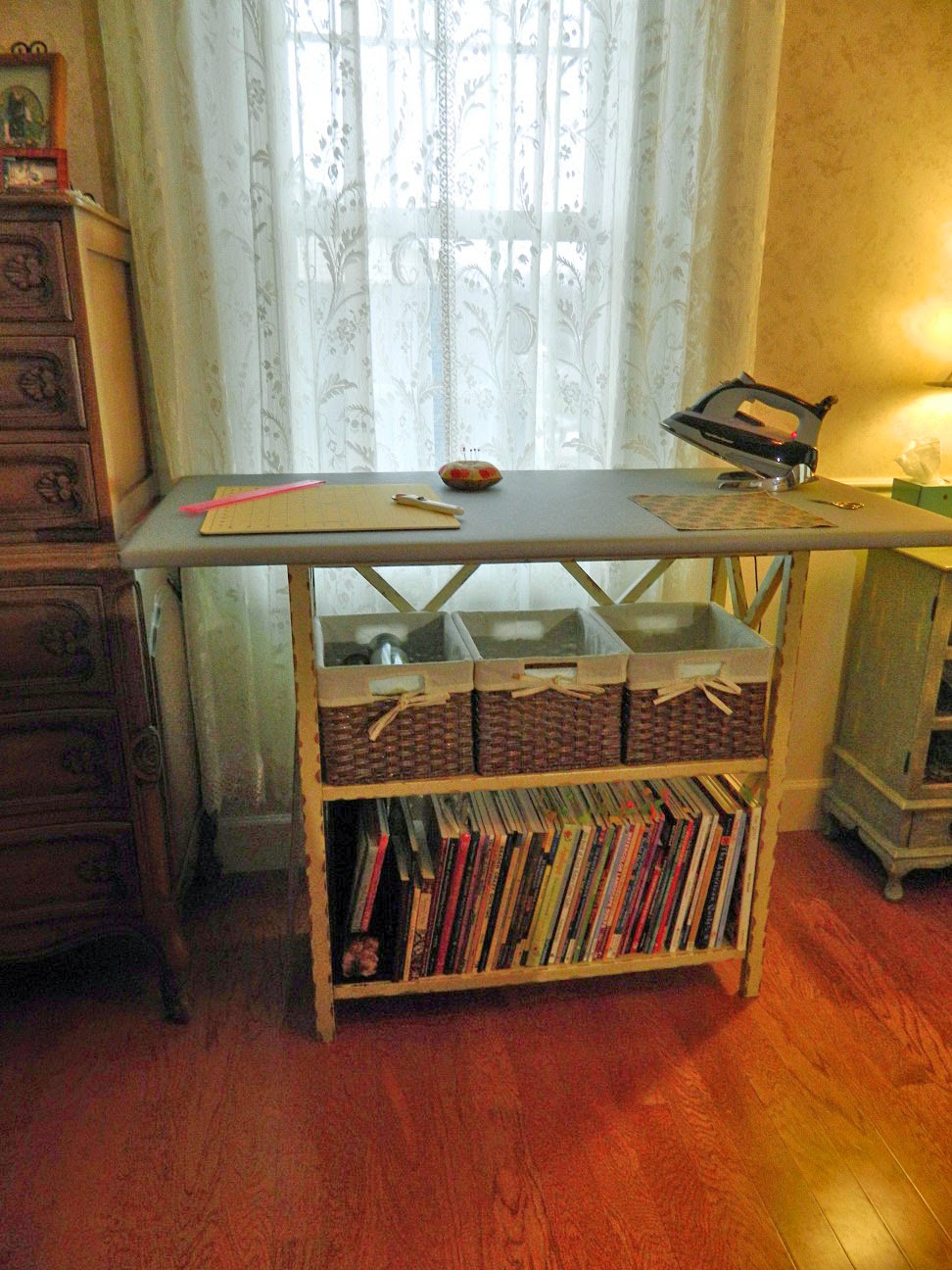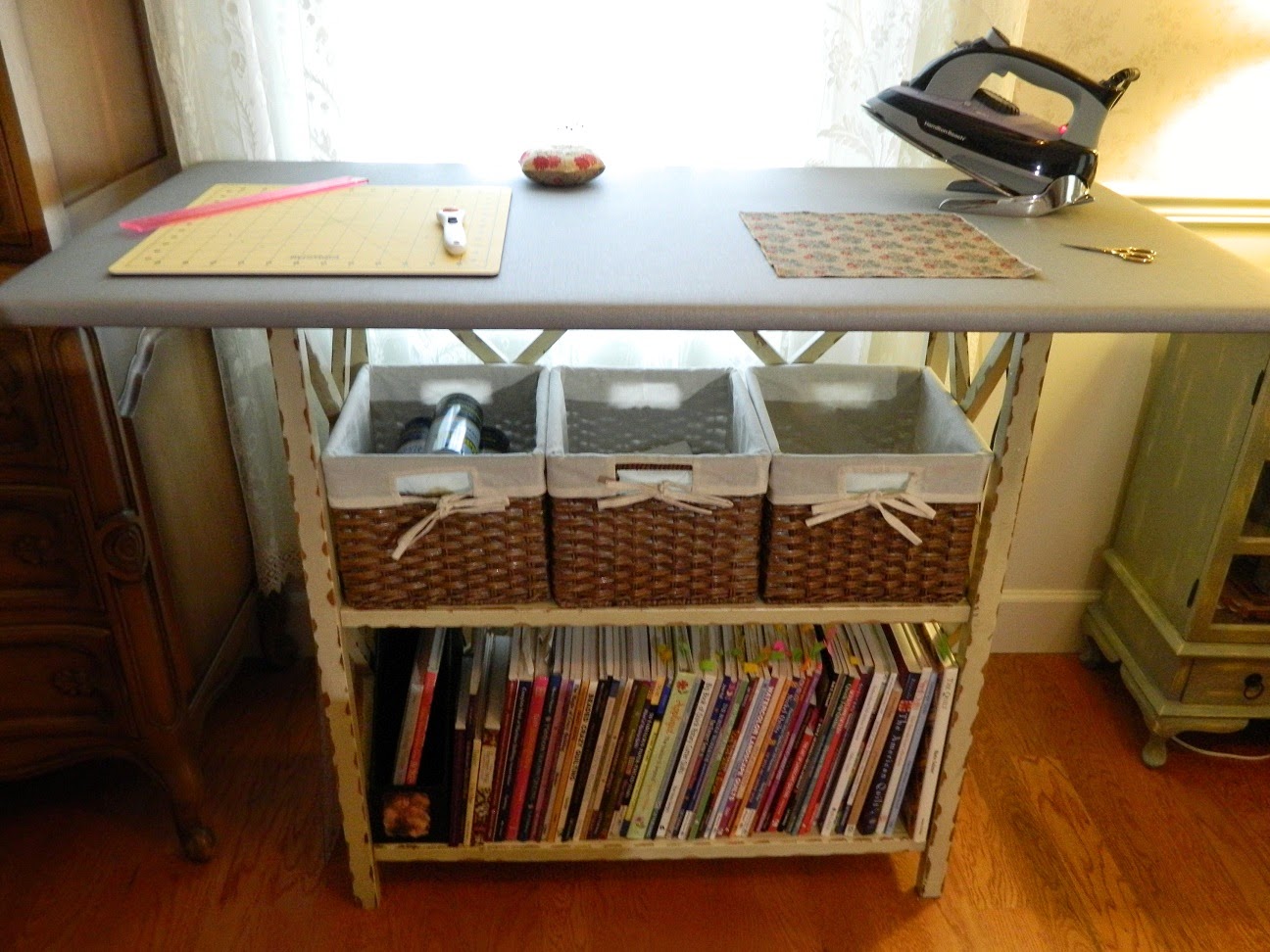It's Easy as Pie... I mean... Cake!
 |
| Cake Pincushion |
Have you always wanted to make a cake of for yourself? This pincushion might be just what you need.
Supplies:
- Either a mini or a standard CD. Standard CDs measure 4.7 inches (12 cm) in diameter and will make a larger cake. Mini CDs measure 3.1 inches (8 cm) in diameter and will make a smaller cake. You might also try using a canning lid, although it will slightly effect your ability to stuff the pincushion.
- Mat board or heavy cardboard, anything that can be cut into a rigid circle.
- Pin cushion stuffing. I like to use clean sawdust because it makes a nice firm pincushion, with a little heft to it, and it holds pins in very well. Some people like to use wool, or polyfill. Ground walnut shells and bird grit would both be too shifty for this project.
- ¼ to ½ yard of fabric for the icing (crepe or satin lend the right look)
- Trims that have the look of piped cake decorative frosting. You can make a great faux frosting by ruching narrow silk or satin ribbon. To learn how to ruche ribbon as well as make ribbon flowers, check out Connie Macfarlane’s website: http://paperpleatsandribbonroses.blogspot.com/2011/01/ruched-ribbon-technique.html
- Ribbon flowers, either store bought or handmade, as long as they are the right size and look for frosting flowers. A goldmine of instructions for making more ribbon flowers is here: http://tipnut.com/ribbon-flowers/ Just make them in miniature.
- Lace with a doily like look to sew or glue under the bottom edge of the cake
- Matching thread for ribbons and cake fabric
- Clear, strong, fast drying glue. (I highly recommend Fabri-tac Permanent Adhesive)
- Glass head straight pins, for decorating the cake and for sticking in the top of your finished pincushion.
- Optional - A small plate, saucer, or pedestal dish that you would like to glue the finished pincushion onto. (A fellow Quilting Board member told me that she used a pillar candle pedestal - a great idea!)
Instructions:
1. Using your CD (or lid) of choice as the template, trace and cut out a circle from the mat board.
2. For your fabric, follow the cutting directions as shown in Diagram A, below (NOTE: this is not a “drawn to scale” pattern, just instructions on how to make your own.)
 |
| Diagram A for Cake Pincushion |
3. Cake Bottom.
Baste two circles of stitches around the outer edge of the Cake Bottom fabric, leaving long threads at start and finish. Center the mat board circle on the wrong side of the cake bottom fabric. (Diagram B)
Gather the outer edge of the cake bottom around the mat board, adjusting gathers until you have a snug fit without bending the mat board. Check to make sure the right side of the fabric is nice and flat. Tie off the threads and trim. (Diagram C) Set aside.
 |
| Diagrams B and C for Cake Pincushion |
4. Cake Sides.
Baste two lines of stitching along the bottom edge of the Cake Sides.
Staystitch a little less than ¼” along the top edge of the side. With right sides together, match up the two ends and stitch them together with a ¼” seam to create a cylinder. Shown below in Diagram D and E.
 |
| Diagrams D and E for Cake Pincushion |
5. Cake Top. Pin the Cake Top fabric onto the top edge of the Cake Sides cylinder. (Right sides together) Baste and then hand sew the top to the sides making V-shaped clips into the fabric around the curves. Turn the Top and Sides right side out. (Diagrams F and G)
 |
| Diagrams F and G for Cake Pincushion |
6. Now it’s time for the cake filling. Flip the cake over like a cup and pack it firmly with the stuffing of your choice. Be careful not to strain the seams, but make it good and firm. Fill it up to ¾” from the edge of the cake cup.
7. Take your CD or lid and lay it on top of the filling, using it to push the filling down. Remove it and see if you can fit in more filling. When you think you’ve got at full as you can without straining seams, place the CD or canning lid back on the filling again. If you are using a CD, the center hole will allow more fillng to be added or taken out as need be. When you are happy, put a piece of tape over the hole so the filing doesn’t leak out.
8. Using the two lines of basting on the bottom edge of the cake, gather the Cake Sides tightly around the CD/CL. Make sure the cake sides are nice and smooth and straight. Adjust the gathering evenly around the CD/CL. The bottom of the cake should look like Diagram C. Secure and tie off the threads.
9. Fetch that cake bottom you set aside. With the wrong sides together, sew or glue it to the CD/CL bottom of the cake, making sure the gathering is still evenly distributed.
10. Now comes the really fun part. Lay out the trims and flowers you either bought or created. Sew and/or glue them to your cake as if you were decorating with icing. Try to decorate with them like someone would decorate a real cake. Add small pins as icing dots too. Add lace around the bottom edge so it looks like the cake is sitting on a paper baker’s doily. As a final touch you can glue your cake pincushion to a pretty plate or pedestal.
 |
| Finished! Cake pincushion trimmed with ribbon flowers, lace and pins. |
Thanks for visiting!
Lara








































